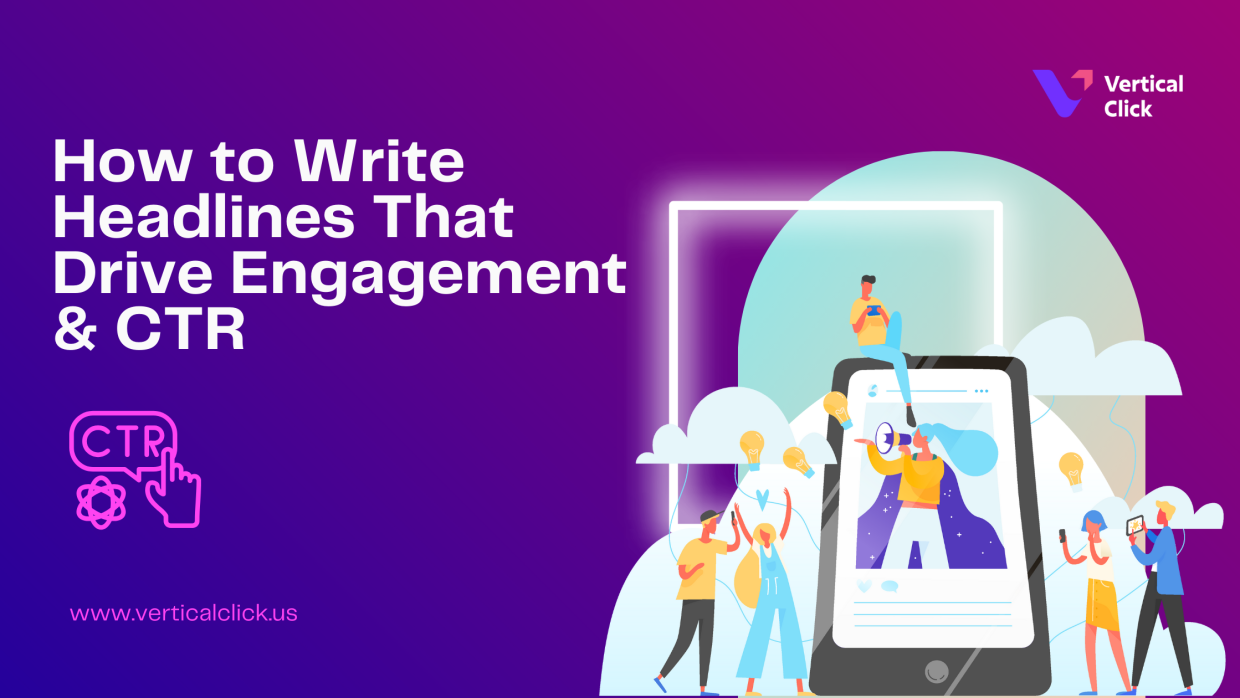Headlines are your first — and sometimes last — chance to catch someone’s attention. A headline has the power to increase engagement and click-through rates more than anything else. What can you do to make a headline more compelling? What specifically could you do to improve the impact of a headline? Whether it’s for a blog post, YouTube video, or campaign, headlines do wonders. Use words like “proven,” “secret,” “insane,” “shocking,” or “instant.”
- Use Power Words to Evoke Emotion
Power words are emotionally charged terms under their spell. That is, they spark curiosity, urgency, excitement, or even fear. These emotional triggers are key drivers of engagement and can be enhanced significantly in headline performance.
Tips: Emotional content should match the goal of the content itself, whether motivational, alarming, or inspiring.
Examples: What Is in Your Drinking Water is the shocking truth
- The Definitive Guide to Freelancing in the Year 2025.
- Insert a Specific Number or Data
Numbers give structure to the headline and lend credibility to it. Numbers are also helpful in determining what the content is to bring forth and in making it seem actionable and digestible. Odd numbers often perform slightly better due to their perceived uniqueness.
Tips: Digits should be used instead of spelling them out; for example, “7” instead of seven, and for even more impact, combine numbers with a benefit or time frame.
Examples: “7 Ways to Boost Sales Without Paid Ads”
- “5-Minute Exercises That Burn Belly Fat Fast”
- Clearly Promise Benefit
People click when they know what they will get. Benefit-driven headlines state up front what value they hold for the reader-interest in saving time, solving a problem, or learning something new.
Tips: Use such phrases as “how to,” “get results,” and “achieve this.”
- Be specific about the outcome or transformation.
Examples: How to Wake Up Energized Every Day – Even if You Sleep Late
- Get More Clients by Next Week With These 3 Simple Changes
- Pose a Provoking Question
A well-placed question creates curiosity, inviting the reader to think. That is a mental nudge that nudges him or her into clicking as people seek to resolve the question in their mind.
Tips: Ask something your audience is already wondering about.
- Avoid yes/no questions unless they challenge assumptions.
Examples: Are You Making These SEO Mistakes Without Even Realizing It?
- What Can You Do to Make a Headline More Compelling?
- Distract or Trick with Contrasting Elements
Sabotage your audience’s expectations. Bring them the opposite, irony, or shocking truth, and they will grab attention within seconds out of a sea of sameness.
Tips: Pair opposite ideas or flip common assumptions.
- Use headlines that hint at an unusual journey or result.
Examples: “I Quit My 6-Figure Job to Sell Socks Online—Now I’m Richer”
- “This One Tiny Habit Made Me a Morning Person (and I Hate Mornings)”
- Test A/B Variants
Your headline may be perfect in your eyes, but the audience decides which one they react to. A/B testing allows you to evaluate different styles of headlines and how efficient they will be with real-time results.
Tips: Only change one element per test (wording, tone, or structure).
- Test headlines through email subject lines, ads, or landing pages.
Examples: Version A: “How to Lose 10 Pounds Without Dieting”
- Version B: “Lose 10 Pounds Without Changing Your Diet-Here’s How”
- Urge or Scarcity
Detailed Description:
Urgency and scarcity are based on fear of missing out (FOMO). Usually, when people believe something isn’t going to last, they’re more inclined to take immediate action: clicking, signing up, or buying.
Tips: Words such as “now, limited,” ending soon, or “last chance” should be used.
- Don’t overuse—overuse will cheapen the item.
Examples: “Last Chance to Save 50%-Ends at Midnight”
- “Only 3 Spots Left—Book Your Free Coaching Call Now”
- Keep It Clear, Not Clever
It’s very tempting to be playful with puns or vague phrasing, but clarity will win most preferences over cleverness. If an audience doesn’t immediately understand the worth of the content, they’ll just scroll on by.
Tips: Preferably use a common language, simple enough to reveal the benefit.
- Test clever headlines very carefully—they may backfire if misunderstood.
Examples: Clear: “How to Build a Website From Scratch (Even If You’ve Never Coded)”
- Confusing: “Code Me Crazy-Sites in a Snap!”
Conclusion:
So, how can you make a headline better? Think of psychological triggers, specificity, clarity, power words, urgency, and A/B testing-proven methods. A good headline not only brings clicks but also sets the stage for engagement, trust, and value.

Leave a Reply